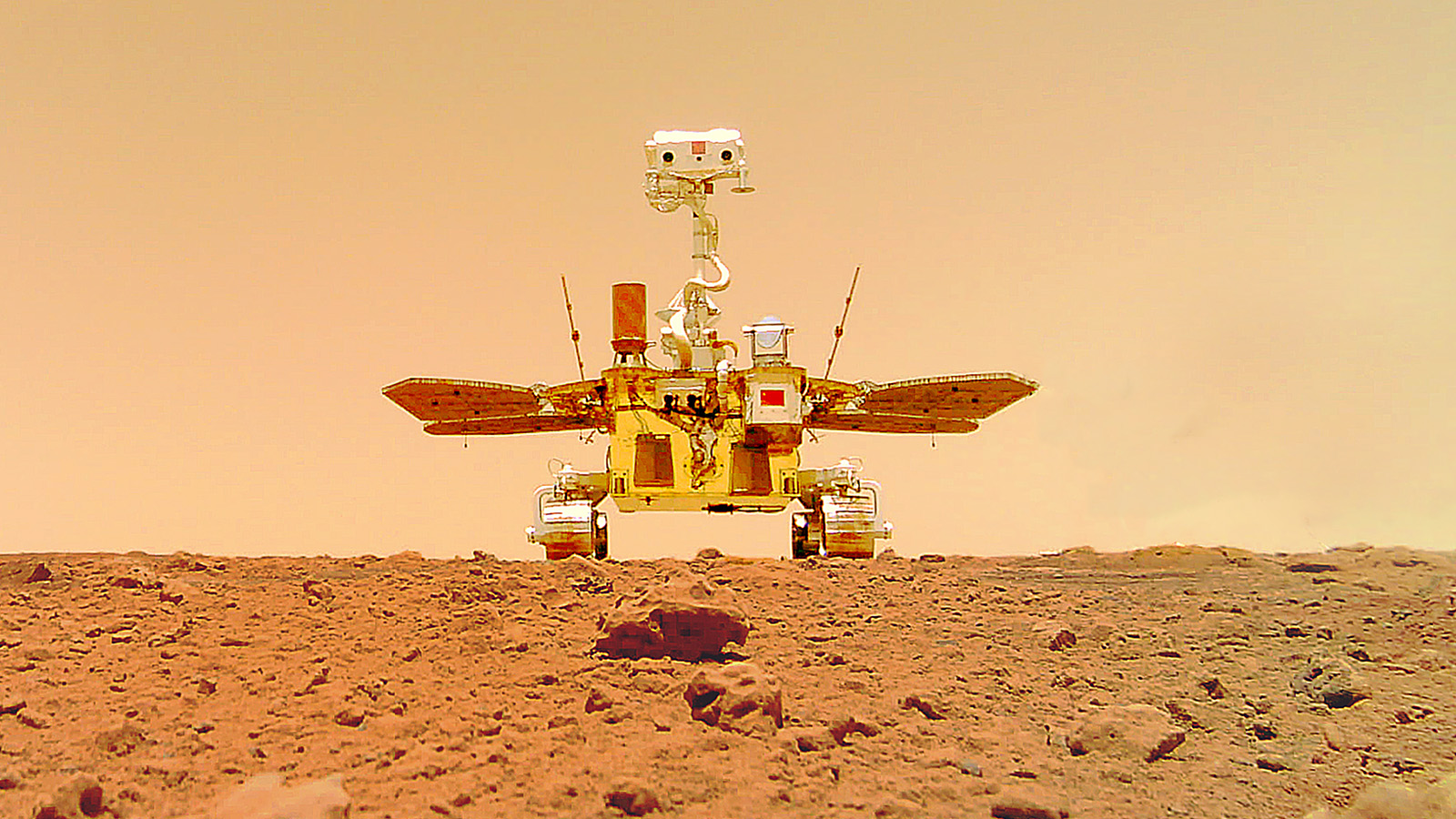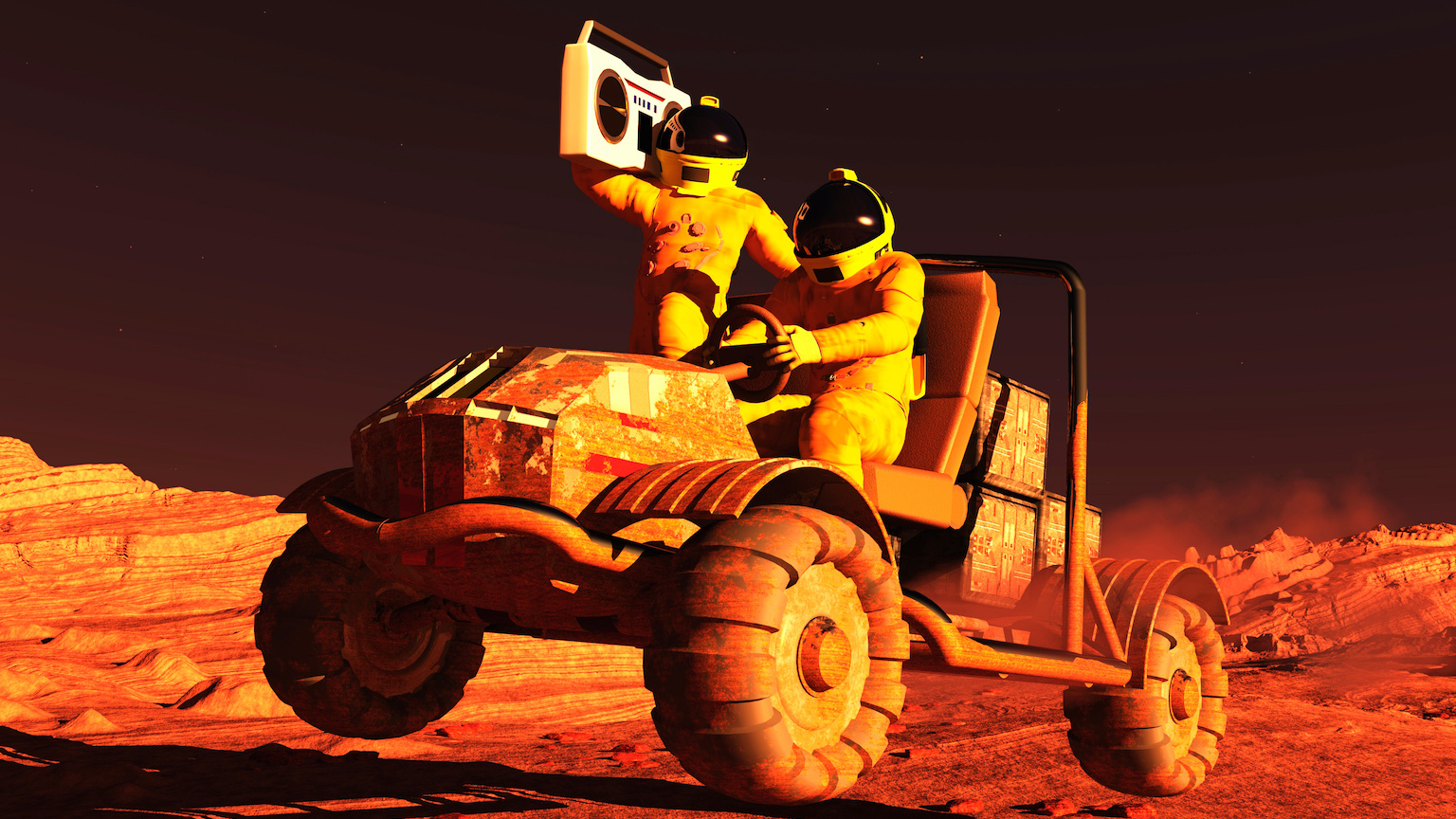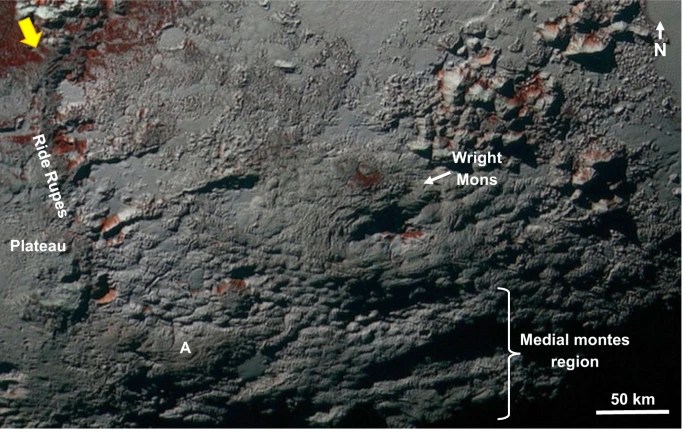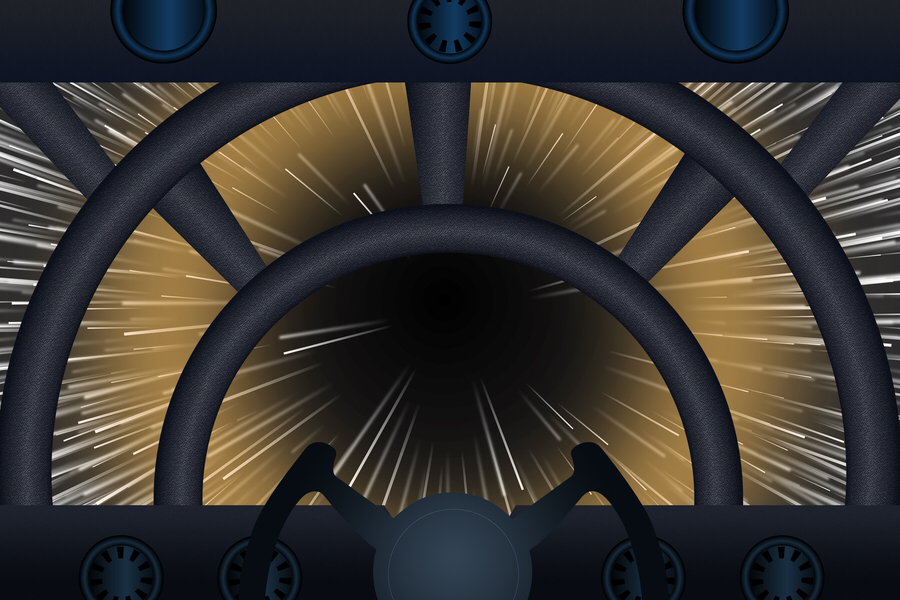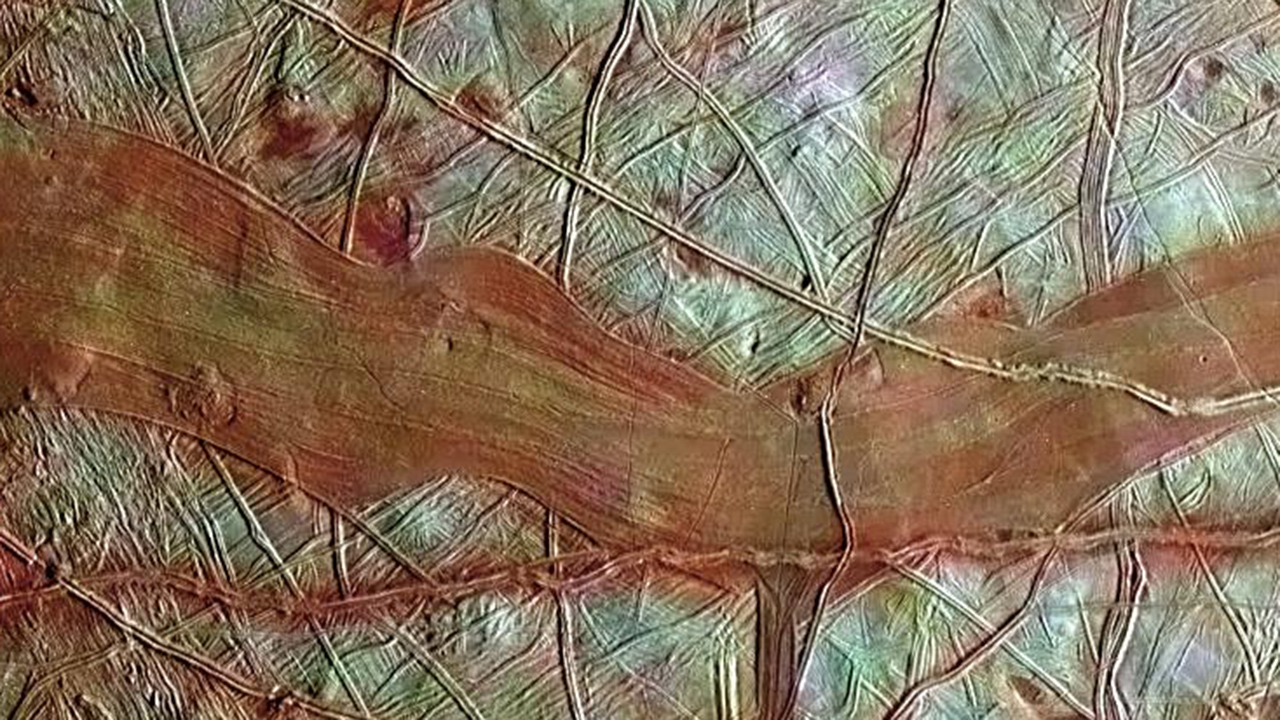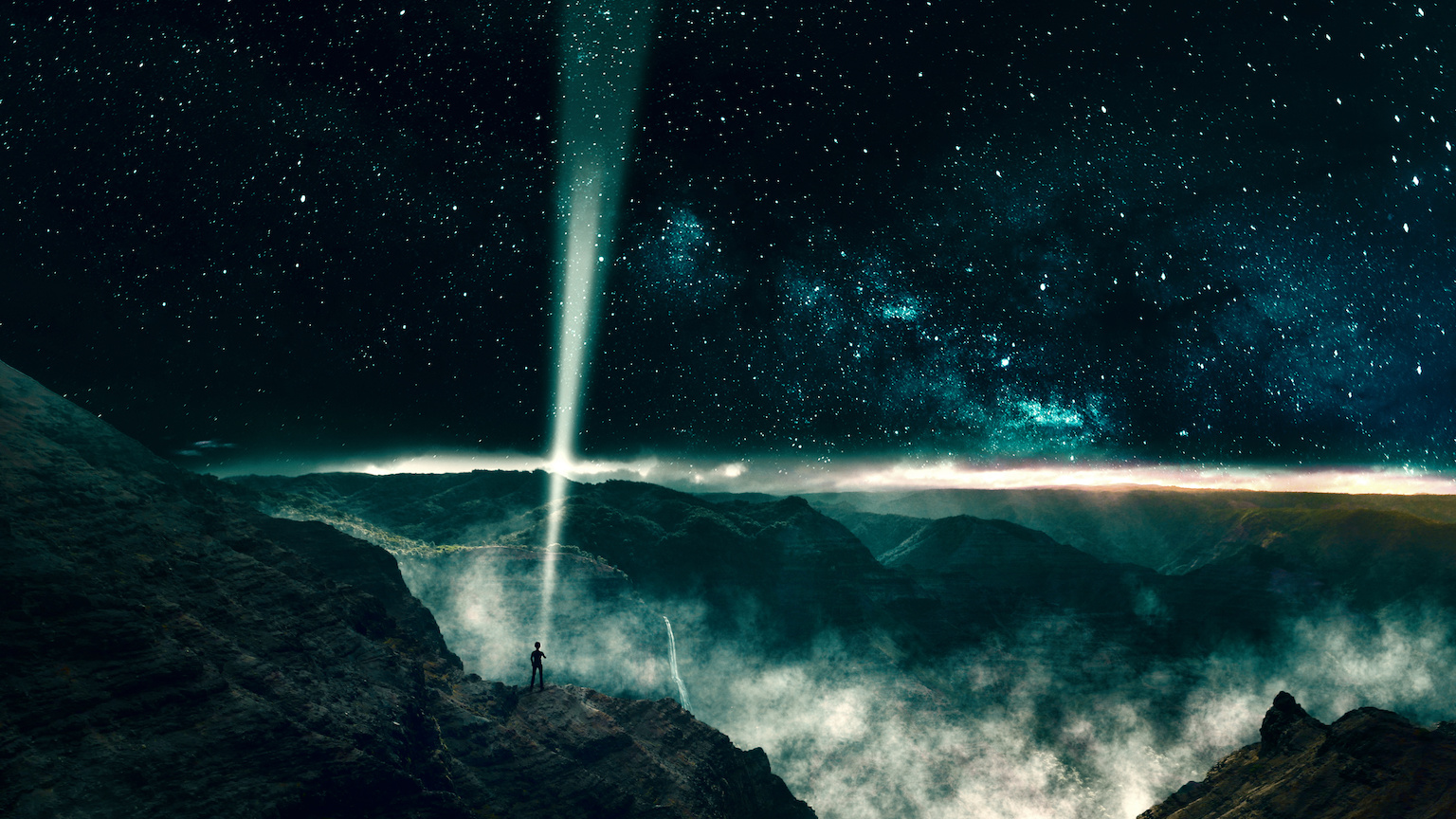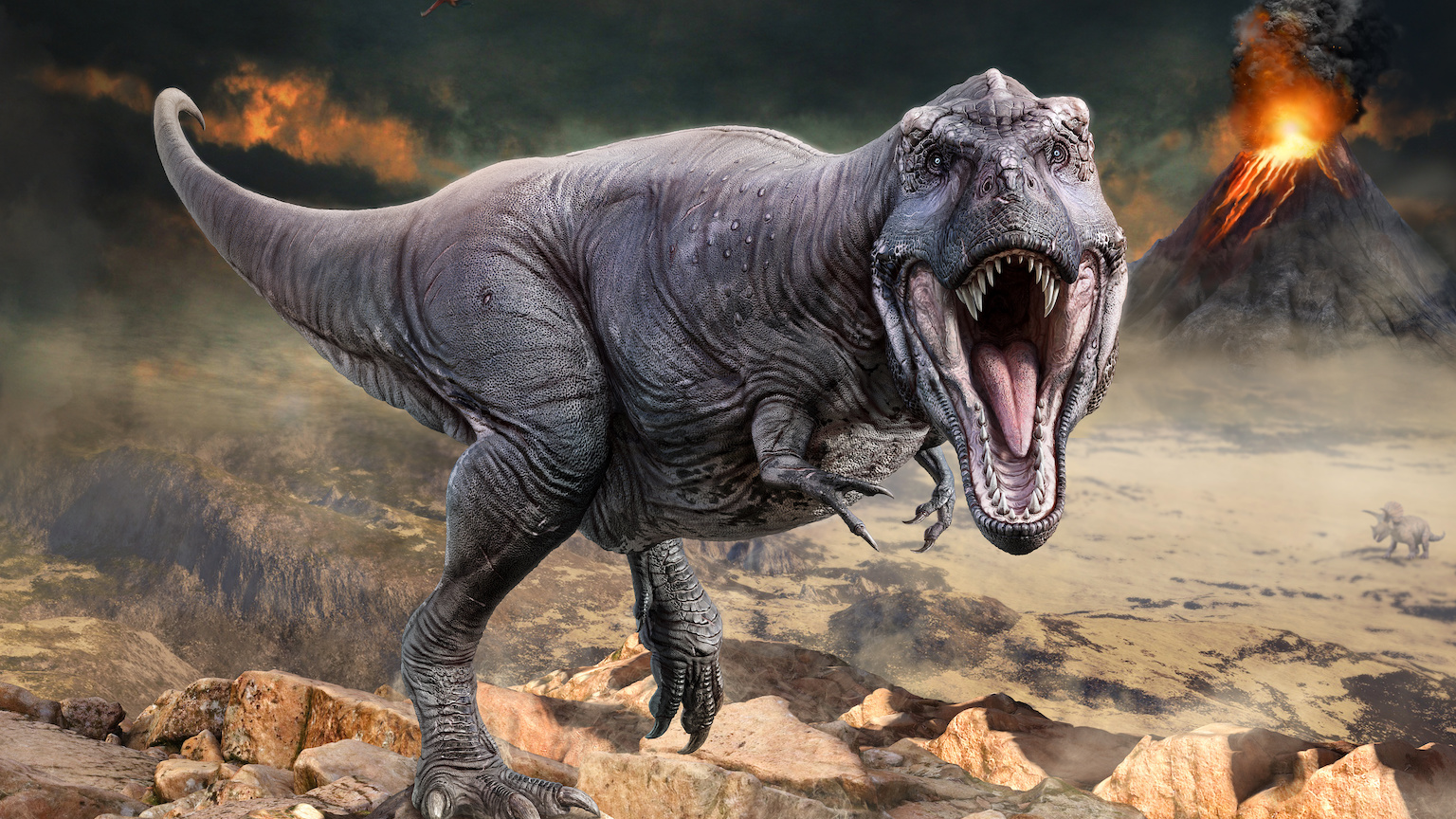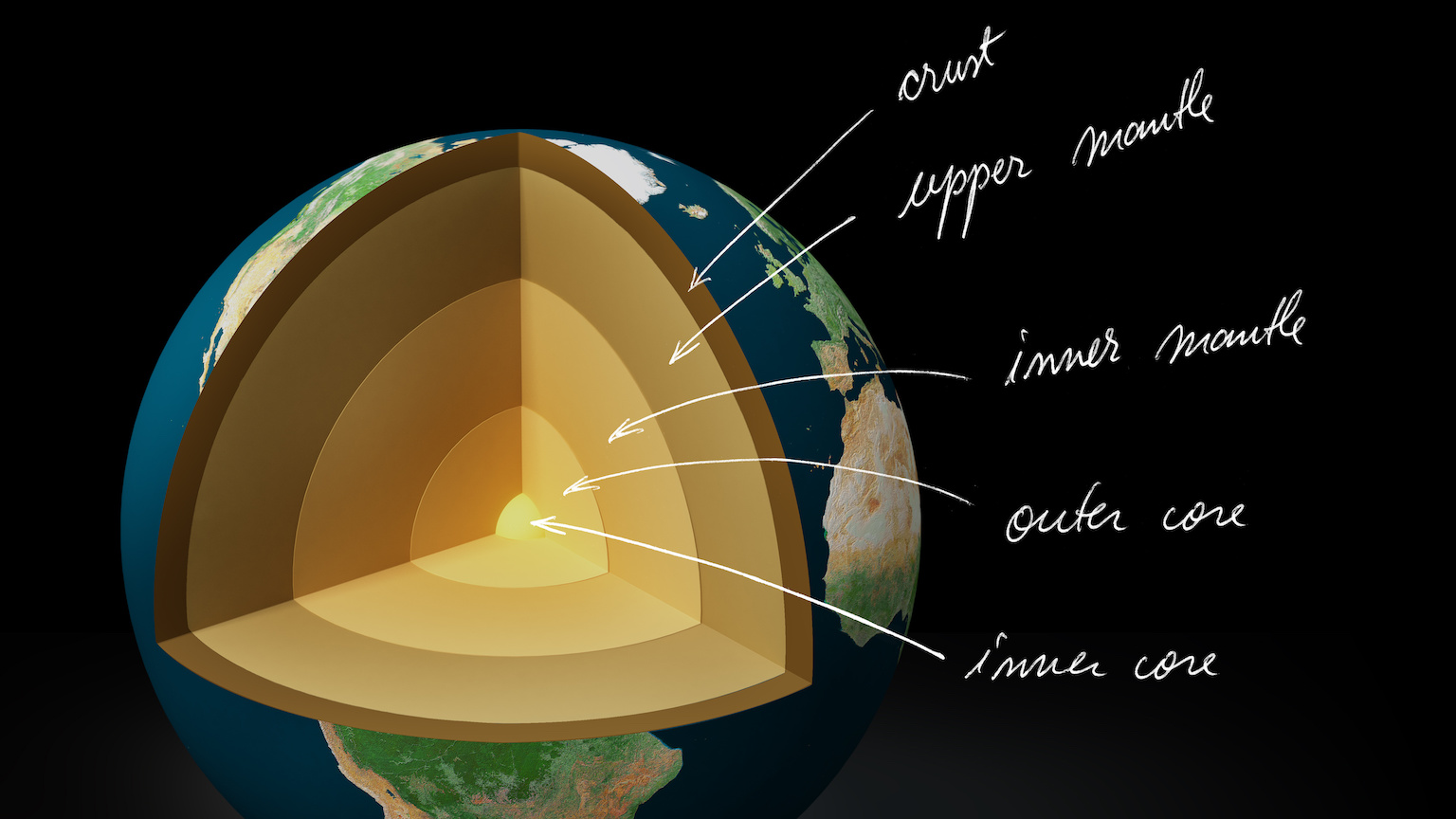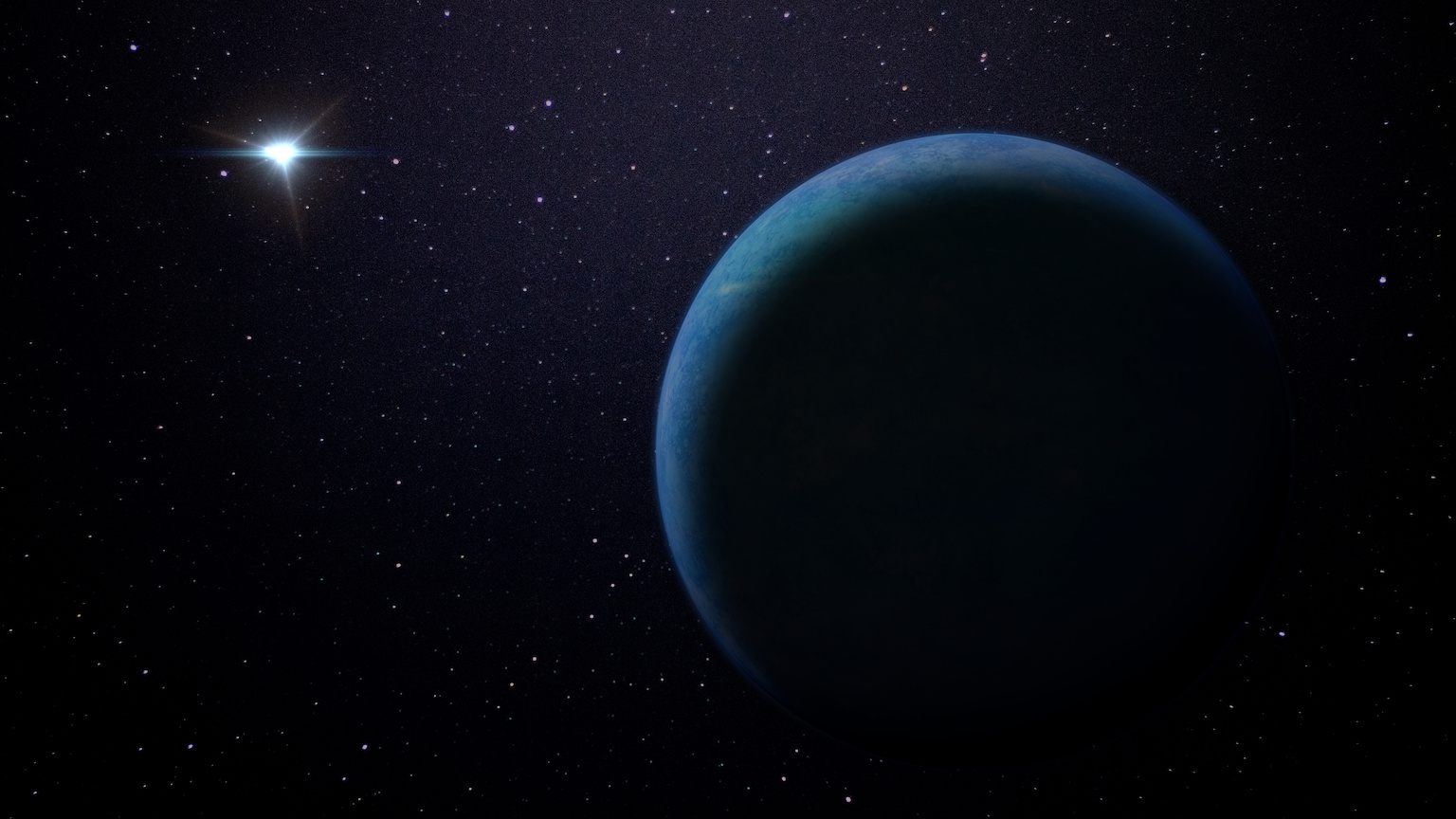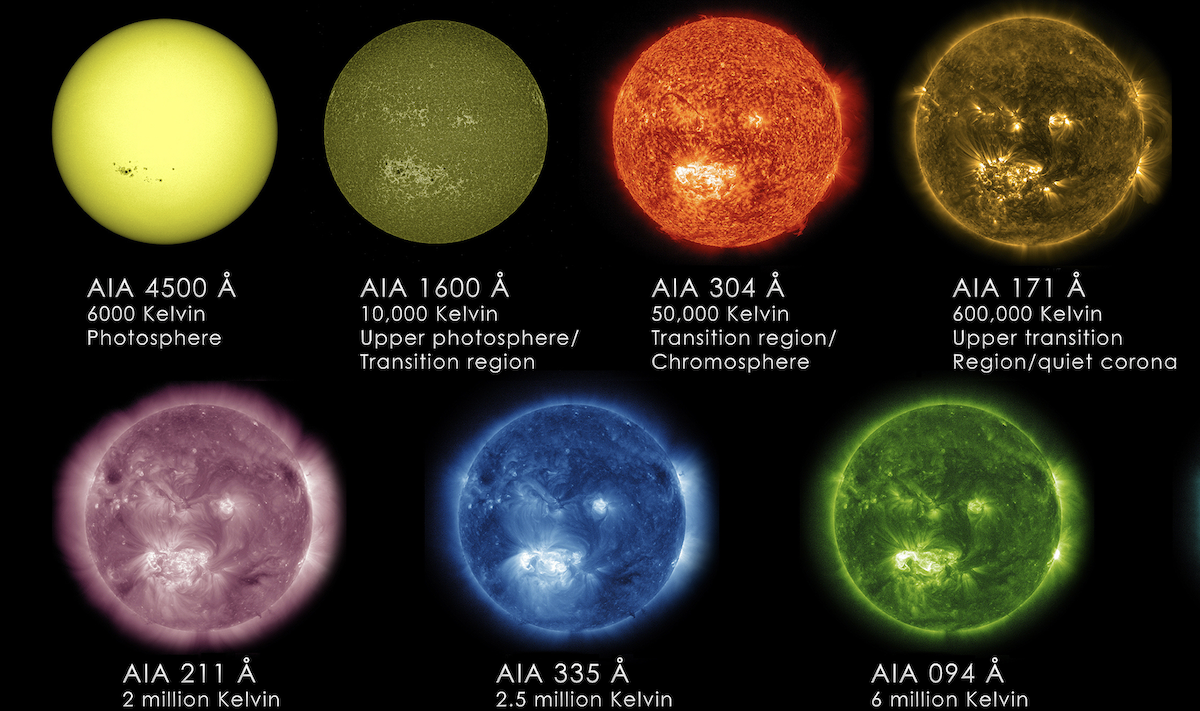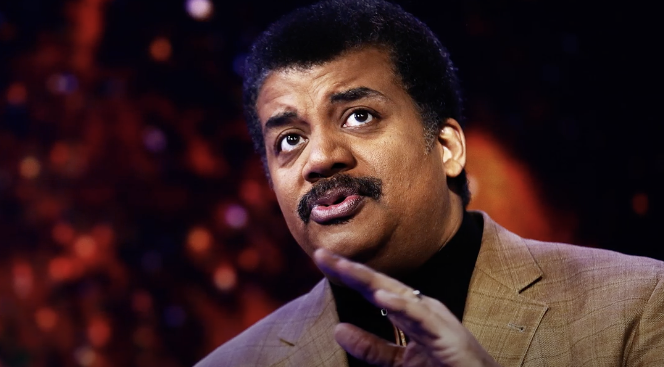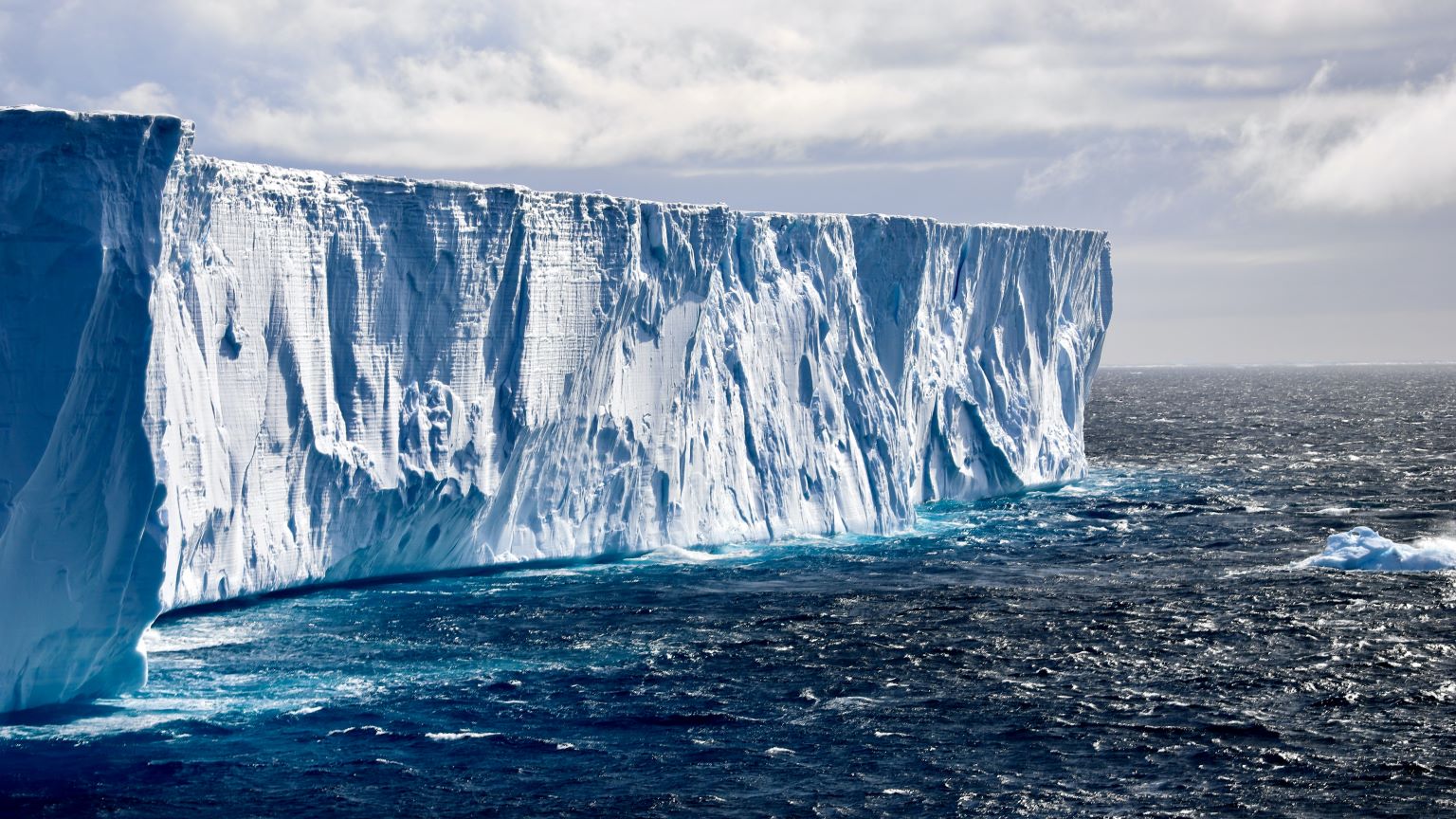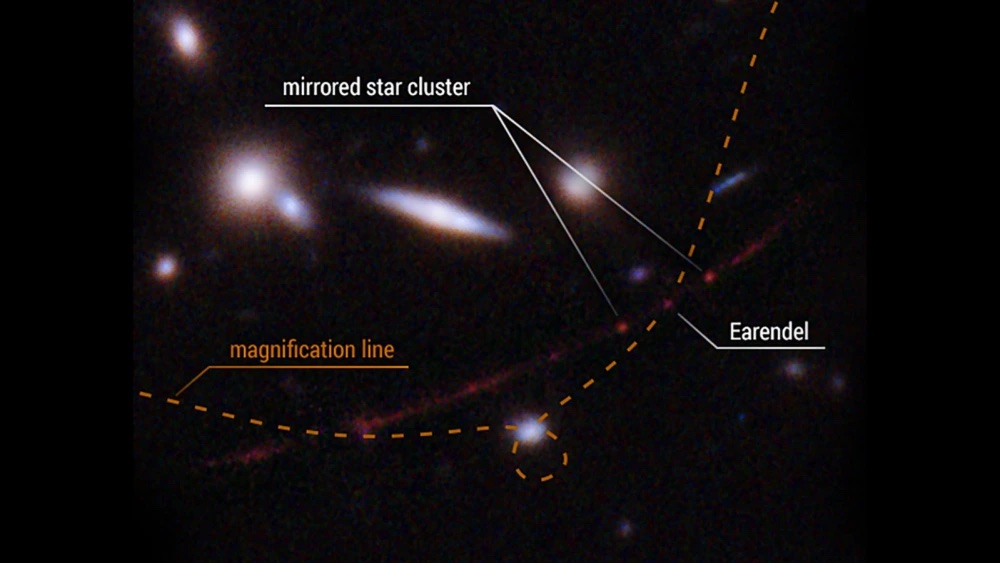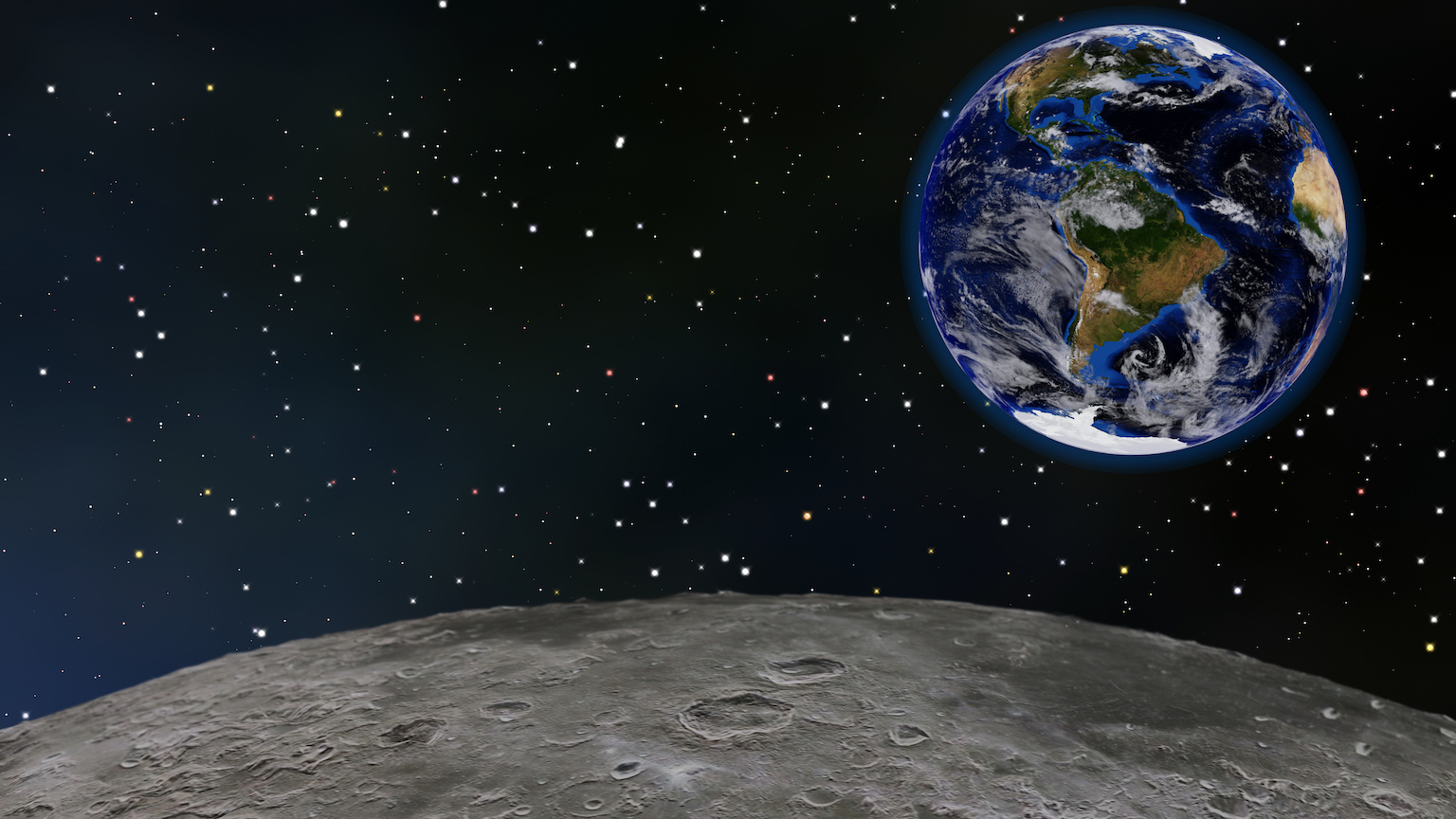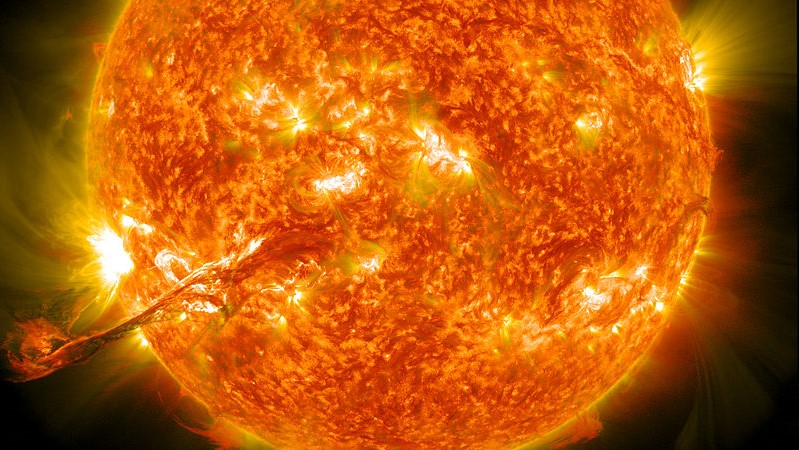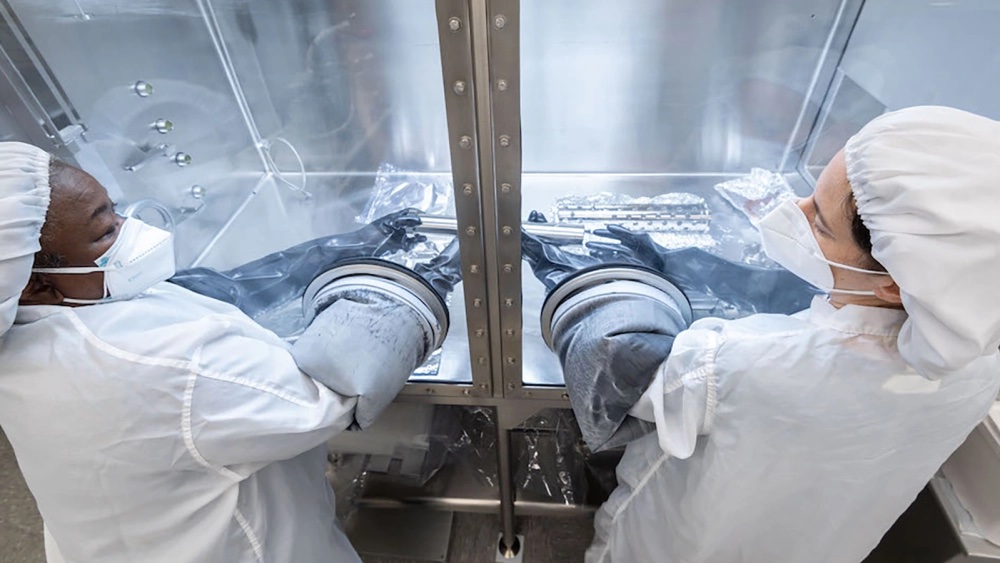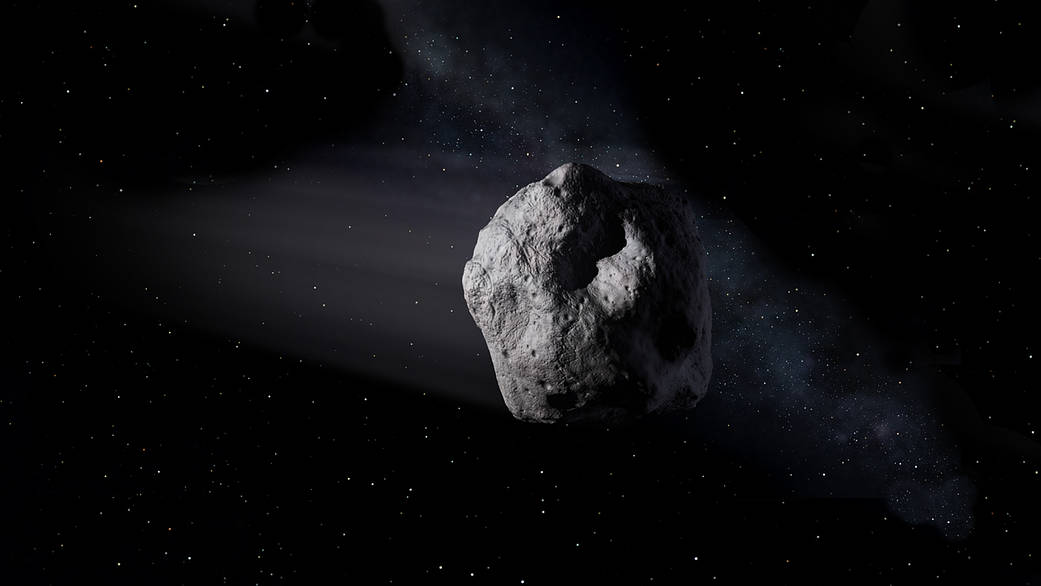Hard Science
All Stories
“The pulsar sort of consumes the thing that recycled it, just as the spider eats its mate.”
The answer may lie in the particular way sand forms on Titan.
Data from the Zhurong rover suggests the Red Planet was wet more recently than we thought.
Crystallization is an entirely random process, so scientists have developed clever ways to investigate it at a molecular level.
The high pitches from the flute and the harp would reach your ears before the notes from the tuba and the cello.
We have long thought that Pluto was completely frozen solid, but the discovery of cryovolcanoes challenges that assumption.
Equations that describe time travel are fully compatible and consistent with relativity — but physics is not mathematics.
Could we finally detect the elusive Unruh effect?
Europa may be difficult to access. But if a recent study is correct, its subsurface ocean would be more accessible than previously thought.
Extremely precise atomic clocks are not just of theoretical interest; they could help detect impending volcanic eruptions or melting glaciers.
There are pros and cons to sending interstellar messages to aliens that may or may not exist.
Volcanic activity caused the end-Triassic mass extinction 200 million years ago. The dinosaurs survived and rose to dominance.
Ancient helium-3 from the dawn of time leaks from the Earth, offering clues to our planet’s formation. A key question is where it leaks from.
Pluto failed to meet the definition of a planet, but some astronomers think there might be a legitimate Planet 9 out there.
The European Space Agency’s Solar Orbiter recently captured images that could help scientists better under the mysterious physics of our Sun.
Dr. Tyson explains where we might find aliens, why “dark matter” is a misleading term, and why you can blame physics for your favorite team’s loss.
A floating platform the size of Rome collapsed off of Antarctica.
An optical telescope with a massive 20-foot (6-meter) mirror has an eye-popping price tag of $11 billion.
Scientists have known blobs existed for a long time, but how they have behaved over Earth’s history has been an open question.
Wander into the deep recesses of the mind and never return the same with these existentialist books.
The light from Earendel took 12.9 billion years to reach Hubble. The star is millions of times brighter than our Sun and 50 times as massive.
Due to a crust of carbon, the absence of oxygen, and constant bombardment from meteorites, the planet Mercury may be littered with diamonds.
On Nov. 13, 1946, a scientist dropped crushed dry ice from a plane into supercooled stratus clouds.
To study the origin of the Universe, we could build a constellation of six expensive spacecraft — or we could just use the Moon.
Multiple lines of evidence — physical, chemical, and biological — must converge for scientists to conclude that alien life has been found.
Forty Starlink satellites were destroyed earlier this year in a geomagnetic storm.
Knowing that technology would advance in the future, NASA put some moon rock samples into storage without opening them. Now, they have.
60% of all potentially dangerous asteroids remain undetected.
Gigantic ranges called “supermountains” formed twice in Earth’s history, and they may have had a profound influence on evolutionary history.



